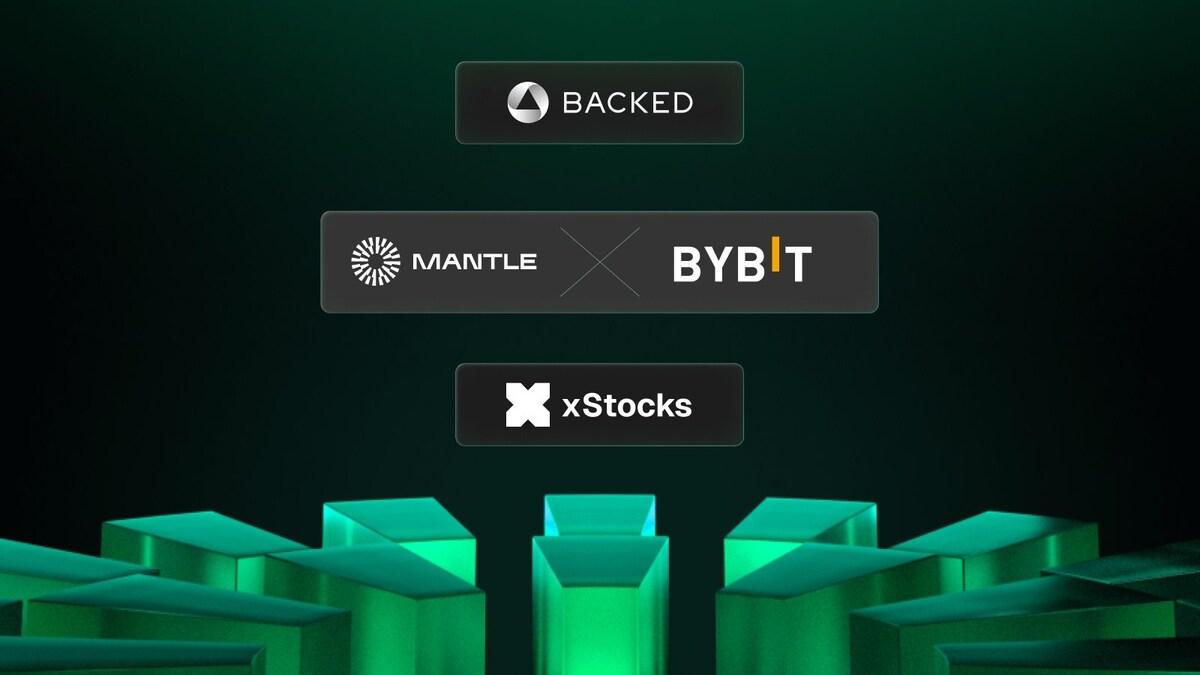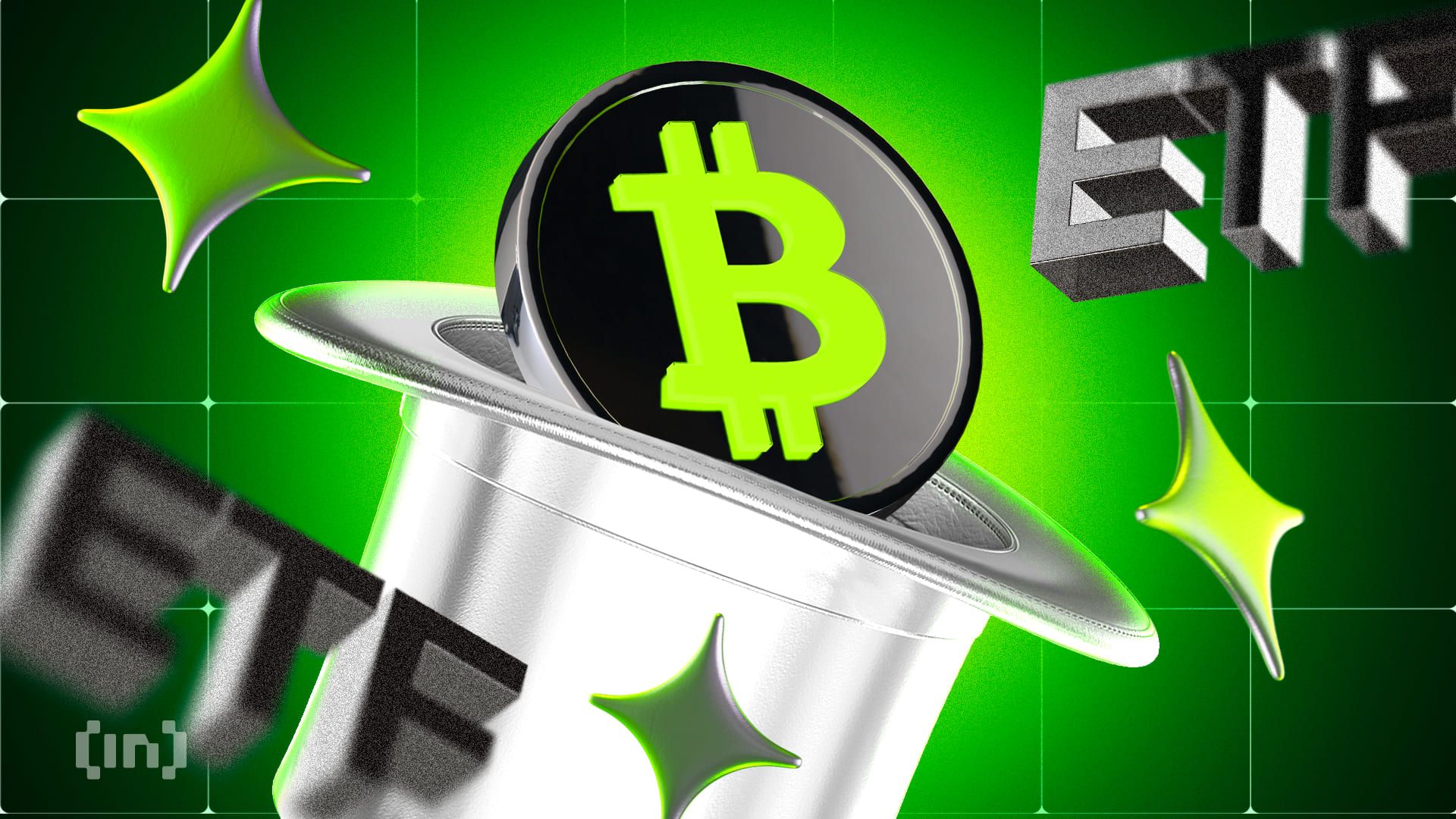A Conversation with Addis Hu, Global Head of Institutional Business at Gate Institutional money is no longer testing the waters, it’s now diving in. In less than two years, BlackRock’s spot Bitcoin ETF (IBIT) has climbed toward $100 billion AUM, with pensions and multi-strategy hedge funds now visible in 13F filings. CME’s regulated crypto suite keeps hitting record open interest, stablecoin rails are settling roughly $27 trillion annually, and on-chain Real-World Assets (RWAs) have reached $35.8 billion, including about $8.8 billion in tokenized U.S. Treasuries. The question is no longer if institutions enter crypto, but how. The market now demands infrastructure that looks and feels like prime brokerage: segregated fiat, qualified custody, portfolio-level margining, and frictionless multi-asset workflows. SuperLink is Gate’s answer to that “how.” It serves as the institutional backbone of Gate’s ecosystem—six tightly integrated modules designed to let traditional capital operate safely at crypto speed. The digital asset space has spent a decade focused on volume and novelty. Today, the mature institutional market is demanding something far more foundational: integrated, secure, and capital-efficient infrastructure. This demand is the strategic foundation for Gate SuperLink, a project that Addis Hu, Global Head of Institutional Business at Gate, describes not as a product, but as “public financial infrastructure.” In a wide-ranging dialogue, Hu explains the architectural imperative behind SuperLink, why vertical integration is a necessary bridge, and how the core design ensures client capital is bankruptcy-remote from the exchange a lesson learned, and permanently applied, from the industry’s past failures. I. The Existential Crisis of Fragmented Capital Hu begins by painting a picture of the pre-SuperLink institutional environment, a scenario he calls an “existential crisis of capital imprisonment.” “The fundamental pain point isn’t a lack of technology, it’s operational debt,” Hu states. “We spoke to clients who had $115 million in capital, yet it was splintered across five different venues: regulated custody, a derivatives exchange, a spot venue, an RWA provider, and a traditional bank account. Crucially, none of those capital pools could speak to each other. This forced institutions to choose between the operational ease of traditional finance and the high yields of digital assets, or, more starkly, between compliance and capital efficiency.” This fragmentation drove the decision to build SuperLink as a network, not just an updated platform. The timing is critical. Hu points to three concurrent accelerants: regulatory frameworks like MiCA and the U.S. GENIUS Act providing necessary legal certainty; the flood of institutional AUM into crypto ETFs demanding operational efficiency; and the maturation of core technologies like MPC and real-time custody-to-execution routing. “We didn’t set out with a novel technology seeking a problem,” Hu explains. “We built SuperLink because the market structure, forcing institutions to run on disparate systems, had become unsustainable.” II. Building Public Infrastructure with Private Accountability SuperLink is not a proprietary black box. It is a six-rail backbone designed for cross-venue netting, allowing clients to trade without moving assets from third-party custody or regulated bank accounts. This design immediately raises a key question for Gate: how does an exchange maintain a commercial edge while building neutral infrastructure? Hu frames Gate’s role as analogous to a traditional clearing house or payment network like Visa. “We benefit from network volume, but our revenue model depends on the network’s neutrality and openness,” he says. To guarantee this neutrality, Gate implements strict structural separations: Open Standardization: API specifications for connectivity are open-source, allowing any exchange, custodian, or broker to integrate. Independent Verification: Key functions like NAV calculation and risk parameter verification are outsourced to independent third parties. Gate does not self-certify its own pricing or margin requirements. Bankruptcy Remote Separation: For institutional clients, assets connected through SuperLink remain legally bankruptcy-remote from Gate’s operational balance sheet. “Our commercial advantage is earned, not captured,” Hu asserts. “Clients choose Gate because of our execution quality and capital efficiency, not because they are locked into a proprietary system. If a competitor builds superior infrastructure, clients can route through them using the same SuperLink protocols. That competitive pressure is what forces us to remain innovative.” III. The Bridge to Unbundling: Vertical Integration as a Necessity Traditional finance spent decades building custodians, clearinghouses, and settlement networks as specialized, separate entities. SuperLink bundles all six functions under one unified umbrella, a choice Hu sees as a temporary necessity. “The permanent architecture is interoperable modularity with best-of-breed providers. We are just not there yet,” Hu states plainly. He details the market gaps: fragmented state-level licensing for pure-play custodians, lack of adequate insurance, and inconsistent legal frameworks that prevent safe specialization at an institutional grade. “We vertically integrated not because we aspire to be a financial conglomerate, but because the market infrastructure to unbundle safely does not yet exist,” he says. He calls the integrated system scaffolding, a temporary, robust bridge. Each of the six SuperLinks is designed on modular APIs, ready for future unbundling. “The moment a regulated, well-capitalized third party reaches institutional maturity in a specific function, we can plug them in without rewriting core systems. Our vertical integration is the bridge, not the destination.” IV. Regulatory Layering and the Bankruptcy Guardrail The cornerstone of SuperLink’s compliance is “regulatory layering” building the architecture to the highest common global standard. Hu points to Switzerland’s stringent DLT regulations as their baseline, a standard that provides upward compatibility with MiCA and satisfies many U.S. SEC qualified custody requirements. This approach is best demonstrated by the Custodial Backed Trading Mode, where client fiat stays in segregated accounts at regulated partner banks. “From a regulatory perspective, this is classified as a secured lending arrangement, structured specifically to avoid securities classification,” Hu explains. “The client retains ownership of the fiat; we extend a collateralized credit line. This mirrors traditional prime brokerage margin lending and avoids rehypothecation concerns.” VI. Conclusion: The Future of Institutional Digital Assets Gate SuperLink represents an important step in closing the gap between traditional finance requirements and the operational demands of the digital asset market. By shifting the focus from fragmented platforms to a unified, regulated network, Gate is addressing the core systemic risk and capital inefficiency that has historically hampered large-scale institutional adoption. As global regulatory frameworks mature, SuperLink’s commitment to open standards, independent verification, and, critically, bankruptcy remoteness enables it to function as an infrastructure, ready to scale with the next wave of institutional capital. The post From Fragmentation to Connectivity: Gate SuperLink’s Role in Institutional Finance appeared first on BeInCrypto.

Related Articles & Analysis

Jiuzi Holdings, Inc. Partners with SOLV Foundation on $2.8B TVL Bitcoin Initiative to Advance Crypto Treasury Strategy
TheBitCoinNews

ZETA NETWORK GROUP (NASDAQ: ZNB) STRENGTHENS BALANCE SHEET WITH USD 231 MILLION BITCOIN-BACKED INVESTMENT AMID MARKET TURBULENCE
TheBitCoinNews

Mantle Collaborates with Bybit and Backed to Bring U.S. Equities Onchain, Pioneering Next Trillion-Dollar Wave of Tokenized Assets
TheBitCoinNews

Exploring Tomorrow: Global FinTech in 2035
BeInCrypto

Bitcoin and Ethereum ETFs See First November Inflows After $2.9 Billion Outflow Streak
BeInCrypto

How Crypto Perpetuals Can Evolve Beyond a High-Leverage Casino: Insights from Flipster
BeInCrypto
